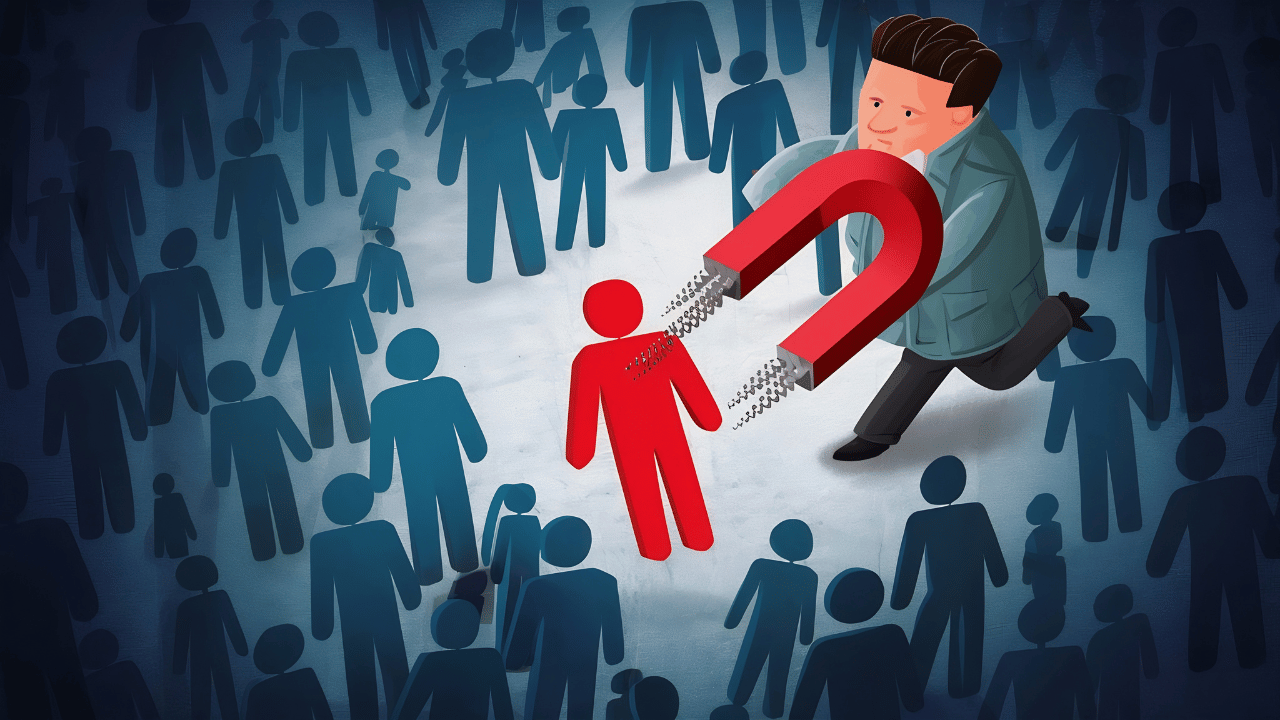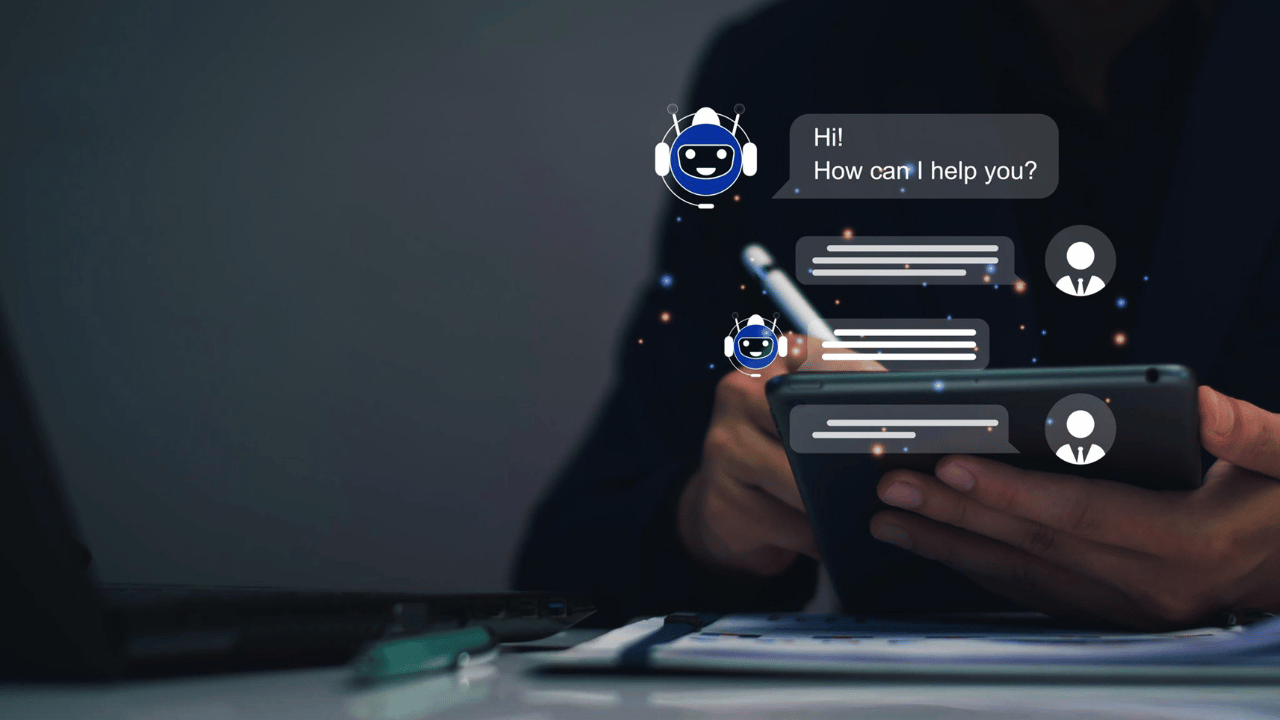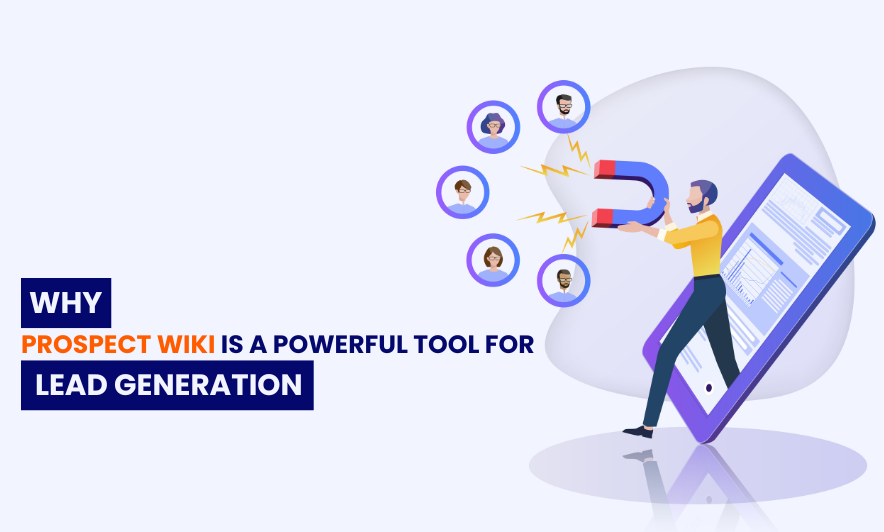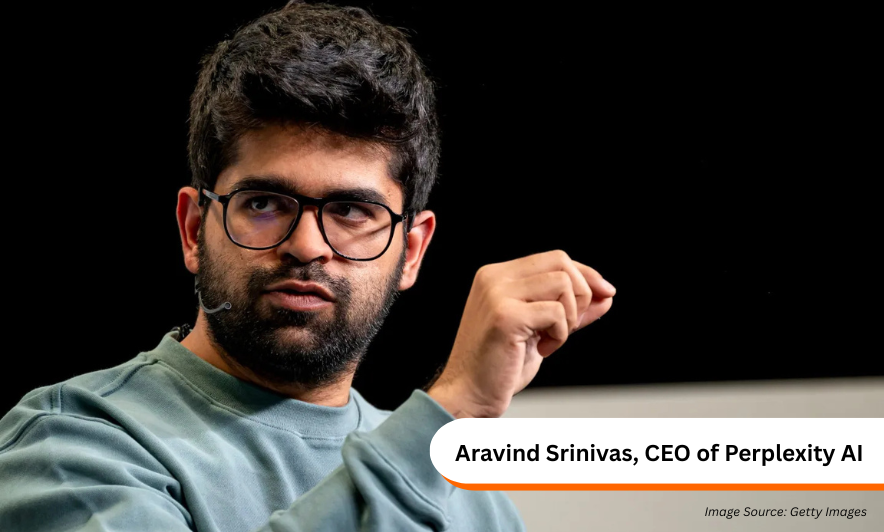Discover the psychological triggers that influence why people sign up—from trust and social proof to reciprocity, urgency, and emotional appeal—and learn how to apply them to create high-converting lead generation strategies.
Converting a visitor into a lead is not just about having the right form in place; it is about understanding the psychology that drives people to act. Every sign-up, download, or inquiry happens because a prospect has crossed a threshold of trust, interest, and motivation. By decoding the psychological triggers behind these decisions, businesses can design more effective lead generation strategies that resonate with human behavior.
Trust and Credibility: The First Barrier
One of the strongest predictors of whether someone will sign up is how much they trust the brand or platform. People are reluctant to share personal or business details unless they feel secure. Signals like professional design, verified testimonials, security badges, and clear privacy policies reassure visitors that their information is safe. Establishing credibility removes a major psychological roadblock and opens the door to conversions.
Social Proof and the Power of Belonging
Humans instinctively look to others for guidance, especially when making uncertain decisions. This principle, known as social proof, plays a critical role in lead generation. If a visitor sees that others have already signed up, left reviews, or endorsed the platform, they are more likely to follow suit. Highlighting user counts, case studies, or recognizable logos creates a sense of community and belonging, nudging prospects toward action.
Reciprocity: Giving Before Asking
Psychology shows that when people receive something of value, they feel a natural urge to return the favor. In lead generation, this is known as the reciprocity effect. Offering free resources, such as e-books, templates, webinars, or even simple insights, creates goodwill and builds the desire to give back by signing up. Businesses that provide upfront value before requesting information consistently see higher conversion rates.
Scarcity and Urgency: The Fear of Missing Out
Scarcity and urgency are powerful motivators. When opportunities appear limited or time-bound, people act more quickly to avoid missing out. Limited time offers exclusive access, or highlighting that only a few spots remain can trigger a fear of loss, often outweighing hesitation. Used thoughtfully, these tactics can turn passive visitors into active leads.
Simplicity and Cognitive Ease
The easier it is to take action, the more likely people are to do it. Long, complicated forms increase friction and drive drop-offs, while shorter, well-structured forms encourage completion. The principle of cognitive eases our preference for simplicity and clarity, underlines the importance of streamlined design. Even breaking the sign-up into smaller steps, known as micro-commitments, can make the process feel less daunting and more achievable.
Emotional Appeal and Heuristics
While logic has its place, sign-up decisions are often influenced by emotions and mental shortcuts known as heuristics. A professional, modern design evokes confidence; friendly language creates warmth; bold colors may convey urgency or excitement. These emotional cues influence how people judge risks and benefits, often subconsciously. Businesses can foster stronger connections that lead to conversions by aligning messaging and design with positive emotions.
Central and Peripheral Persuasion
The Elaboration Likelihood Model (ELM) suggests that people are persuaded in two main ways:
- Central route: through detailed, rational arguments (e.g., clear benefits, ROI, or data-driven claims).
- Peripheral route: through surface-level cues (e.g., attractive visuals, endorsements, or popularity).
Successful lead generation strategies blend both approaches. Some prospects want hard facts before committing, while others respond better to quick cues that spark confidence. Balancing these two routes ensures a wider appeal across different audience types.
Practical Applications of Psychology in Lead Generation
When applied together, these psychological principles create a compelling environment for sign-ups:
- Build trust early with professional design and transparent policies.
- Leverage social proof through testimonials, user counts, or recognizable endorsements.
- Offer free value to trigger reciprocity and goodwill.
- Use urgency sparingly to encourage quicker action.
- Simplify forms and remove unnecessary friction.
- Incorporate emotional design to create positive first impressions.
- Balance rational and emotional appeals to reach different decision-making styles.
Lead generation is as
much a psychological exercise as it is a marketing one. Every sign-up
represents a moment when trust, motivation, and perceived value align. By
understanding the underlying human behavior from the need for credibility to
the influence of social proof, reciprocity, and emotion, businesses can design
sign-up experiences that feel natural, persuasive, and rewarding. Ultimately,
successful lead generation comes down to meeting people where they are and
aligning with how they truly make decisions.















